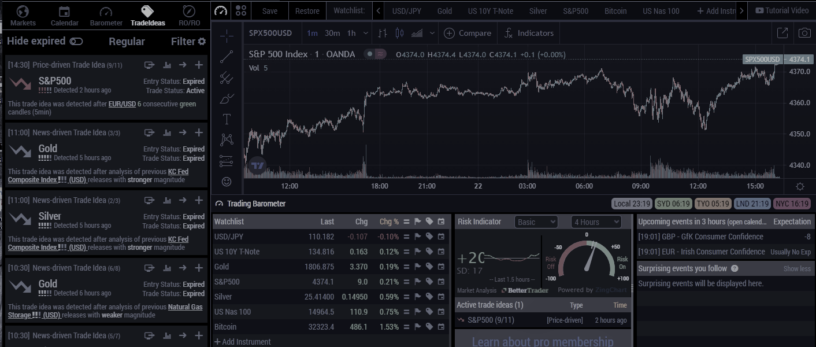On Wednesday, June 14th, Federal Reserve chair Jerome Powell stepped up to the podium to give a press conference on behalf of the FOMC (Federal Open Market Committee), detailing their main goal of promoting maximum employment and establishing stable prices for the American people.
Powell talked about how price stability is the responsibility of the Federal Reserve and how it is vital for strong labor market conditions. He also talked about how the FOMC is committed to bringing the inflation rate back down to the 2% goal. At the moment, the rate is higher and is disrupting all parts of the U.S. economy. In order to try to lower the inflation rate and establish stable prices, the Federal Reserve has significantly tightened their stance of monetary policy in the last year.
This has meant raising policy interest rates by 5 percentage points and reducing security holdings. While no interest rates were raised, it is speculated by committee members that interest rates will have to be raised within the year ahead in order to get inflation back below 2%. While inflation as a whole is a negative aspect of the economy at the moment, there are a few positives. The supply and demand of the labor market are balancing better, labor force participation rate has moved up in recent months (25-54 year olds), and job vacancies have declined this year. On the other hand, even though there are a few positives, the current economic turmoil wouldn’t even exist without many negatives.
First, as mortgage rates and interest rates rise, the activity in the housing sector of the U.S. economy remains weak. Second, even though some positives regarding the labor market were mentioned, the unemployment rate still moved up to 3.7% and is projected for 4.1% at the end of the year, as well as 4.5% at the end of next year. The labor demand continually seems to exceed the supply of available workers, a serious issue that harms the entire economy.
With all of these issues and looming inflation, the Fed has to enact monetary policy to try to stabilize the economy. In this case, the FOMC has decided to maintain the target range for the federal funds rate at 5-5.25% and continue the process of lowering security holdings as mentioned above. The lags of monetary policy have to be taken into consideration, which is why the Fed must be patient and not force anything.
With this plan of action, the FOMC predicts the median PCE inflation to go from its current rate of 3.2% to 2.5% in 2024, and 2.1% in 2025. Reducing inflation will require a period of below trend growth and some softening of labor market conditions, but it will be well worth it in the end. Restoring purchasing power, raising the value of the U.S. dollar, and supporting the economy are all additions of lowering inflation.

















